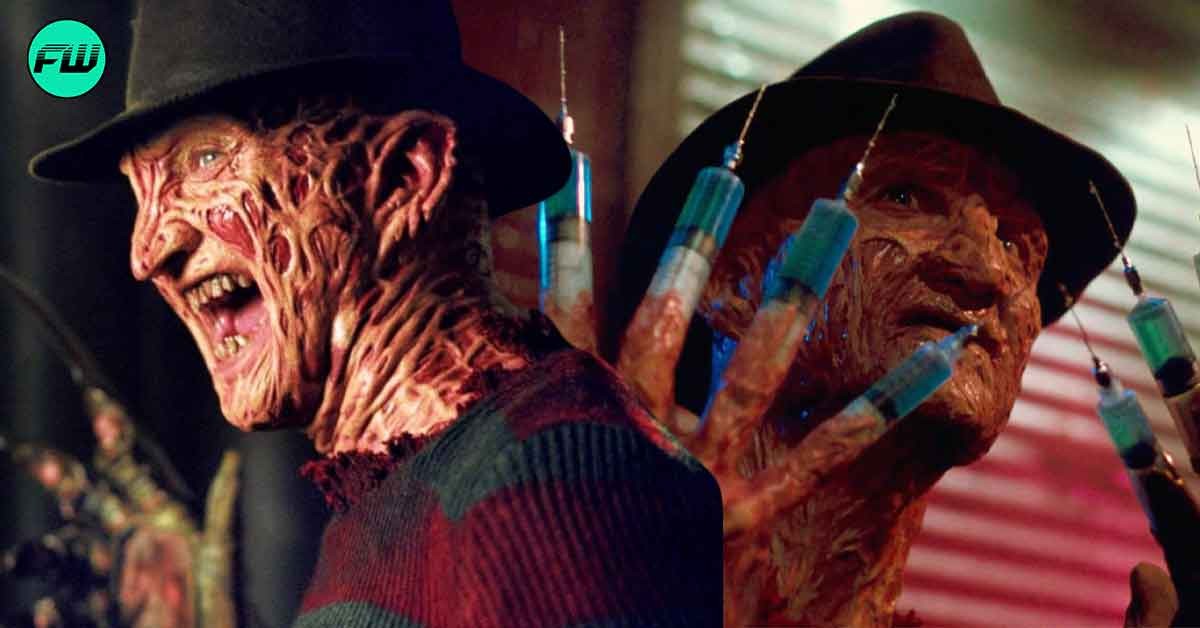In the realm of horror, there are few icons as enduring and nightmarish as Freddy Krueger, the fedora-wearing, bladed-glove-sporting villain from the A Nightmare on Elm Street film series. Over the decades, Elm Street has become a terrifying household name, and each installment has left its indelible mark on the genre. From the groundbreaking original in 1984 to the numerous sequels, a remake, and even a meta-horror reimagining, the Nightmare on Elm Street franchise has had its share of thrills, chills, and, at times, head-scratching moments. For horror aficionados and casual fans alike, one question remains: how do these films stack up against each other?
In this article, we embark on a bone-chilling journey through the dreamscapes and slasher-fueled nights of Elm Street. We’ll analyze and rank each film, considering their impact on the genre, the innovation of their nightmare sequences, and the development of Freddy Krueger himself. So, whether you’re a devoted Elm Street enthusiast or just someone looking to relive some spine-tingling memories, join us as we delve into the darkest corners of the franchise and unearth the ultimate ranking of all A Nightmare on Elm Street films. Sleep may be for the weak, but fear? That’s something we’re all too happy to embrace.
Also Read: Halloween’s Horrific Hierarchy: A Definitive Ranking of the Myers Saga
8. Freddy’s Dead: The Final Nightmare (1991)
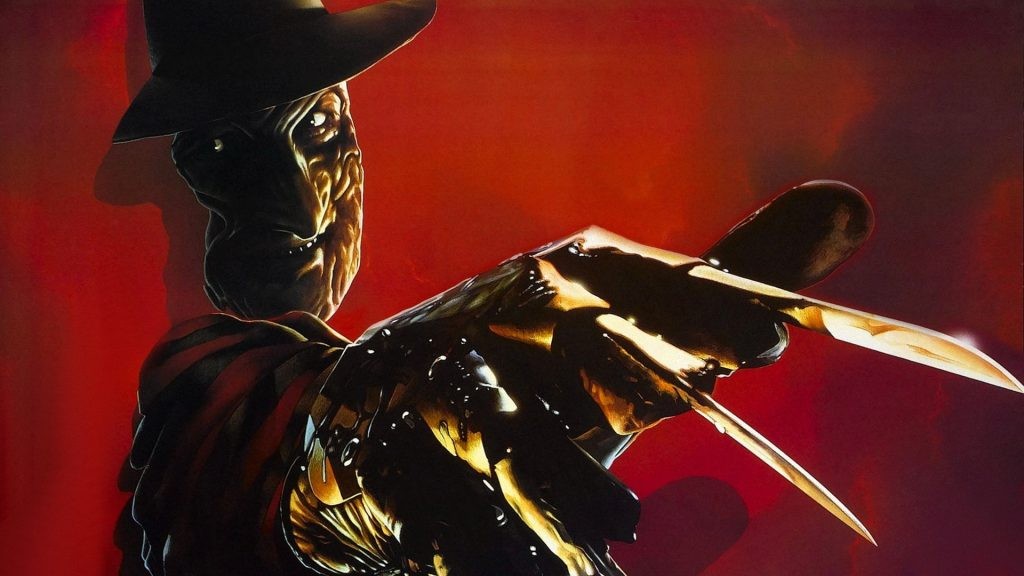
Set in a future where Freddy has seemingly eliminated all the children of Springwood, Ohio, except for one troubled teen, John Doe. John can’t remember who he is or where he came from but knows that he must confront Freddy to end the nightmares that plague him and prevent the villain from claiming any more victims. John is joined by a group of fellow survivors, including Maggie Burroughs, a therapist who becomes convinced that she is Freddy’s daughter. They journey into the dark, dream-infested history of Freddy Krueger to put an end to his reign of terror. The group must face their fears and uncover the secrets of his past to finally vanquish the dream demon once and for all.
While it received mixed reactions, some viewers appreciated the film’s dark humor and satirical elements, which set it apart from the more straightforward horror of the earlier films. However, the film introduced some inconsistencies in the Nightmare on Elm Street mythos, which may have confused or frustrated fans of the series. Additionally, the characters in the film were not as well-developed or memorable as those in some of the earlier entries, which made it harder for the audience to connect with them on an emotional level. The Final Nightmare was a unique entry in the Nightmare on Elm Street series, offering creative dream sequences, delving into Freddy’s backstory, and incorporating a more satirical tone.
7. A Nightmare on Elm Street 5: The Dream Child (1989)

We continue to follow Alice Johnson from The Dream Master, as she tries to put her traumatic experiences behind her. Alice is now pregnant and enjoys the support of her boyfriend, Dan. However, her nightmares return, and this time they revolve around the unborn child she carries. Freddy Krueger is not yet defeated and seeks to use Alice’s unborn child as a conduit to re-enter the dreams of the living and continue his reign of terror. As Freddy’s malevolent influence begins to shape the dreams of those around Alice, she realizes she must confront the nightmare killer once more, not only to protect her own child but to save her friends from becoming his victims.
The Dream Child maintained the series’ tradition of inventive dream sequences but also focused more on Alice’s character development and her relationship with her unborn child, offering a more personal and emotional dimension to the story. However, some fans felt that Freddy Krueger’s character was becoming less menacing and more comical by this point in the series, which diminished the horror element. The film was criticized for its complex plot, mixed reception, and a perceived shift in Freddy’s character towards more humor and less horror.
6. A Nightmare on Elm Street (2010)
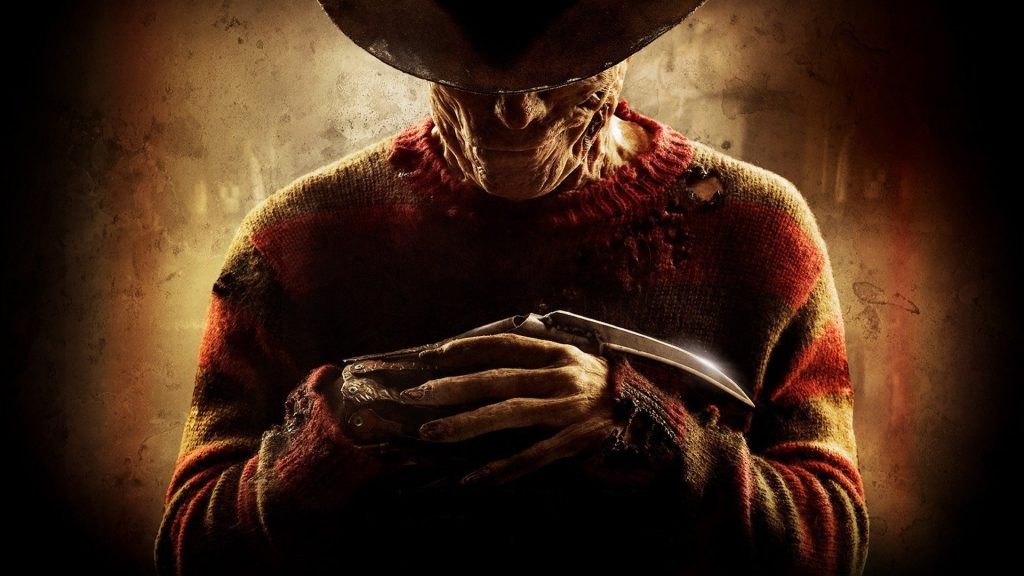
The 2010 remake takes viewers back to the iconic town of Springwood, Ohio, where a group of teenagers begins to experience haunting nightmares. In these terrifying dreams, they are tormented by a disfigured, bladed-glove-wielding man named Freddy Krueger. As their nightmares become increasingly intense and deadly, the teens realize that their pasts are connected, as they all attended the same preschool and were victims of Freddy’s abuse. Nancy Holbrook, a high school student, becomes determined to uncover the truth behind their shared nightmare experiences and to stop Freddy from haunting their dreams. She must confront the dark secrets of Springwood, unearthing a horrifying past and a vengeful spirit that is seeking to exact revenge on the town’s youth.
The remake aimed for a darker and more serious tone, which was appreciated by some fans who felt that the original series had ventured into more comedic territory in its later installments. Many viewers praised Jackie Earle Haley’s performance as Freddy, bringing a darker, more menacing portrayal to the character. His take on the iconic villain was seen as a highlight of the film. However, Freddy Krueger’s character in the original series benefited from an air of mystery, while the remake delved deeper into his backstory, which some fans found less appealing.
5. A Nightmare on Elm Street 2: Freddy’s Revenge (1985)
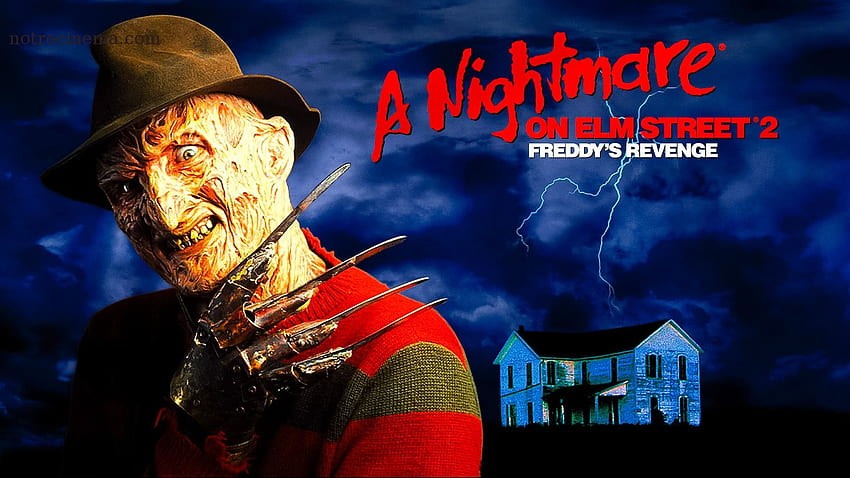
The second installment takes a departure from the formula established by the original film. It follows Jesse Walsh, a high school student who moves into the former home of Nancy Thompson, the protagonist of the first movie. Jesse begins to experience terrifying nightmares involving Freddy Krueger, who tries to possess him and use his body to carry out his murderous desires in the real world. As Freddy’s influence intensifies, Jesse’s life spirals into chaos. He struggles to maintain control of his own body and fears that he may become a vessel for Freddy’s evil. With the help of his friend Lisa, Jesse must find a way to stop Freddy’s gruesome plan and prevent further bloodshed.
Freddy’s Revenge differed from its predecessor and other films in the series by focusing on the theme of possession, with Freddy attempting to enter and control the real world through Jesse. It also featured a male protagonist, deviating from the female lead of the original film. Overall, Freddy’s Revenge was a departure from the formula of the original, with a unique plot centered around possession and a male protagonist. While it had some strengths, such as surreal dream sequences, it differed tonally from its predecessor and faced criticism for its character motivations and reception in comparison to the rest of the series.
Also Read: Not Robert Englund, Kate Winslet’s Titanic Co-Actor Was Original Choice For Freddy Krueger
4. A Nightmare on Elm Street 4: The Dream Master (1988)

When Freddy returns to seek revenge on those who defeated him before, Alice discovers that she has inherited a unique ability: the power to draw people into her dreams. Alice must embrace her newfound power to gather her friends and confront Freddy, who seeks to claim their souls one by one. The dream sequences become increasingly creative, as Alice and her friends harness their individual strengths to battle Freddy in the dream world.
The Dream Master is known for its character development, especially in the case of Alice, who evolves from a shy and introverted character into a strong, empowered heroine. This transformation is a significant highlight of the film. However, it differs from the original film with a lighter, more action-oriented tone and faced criticism for the depth of some supporting characters. It remains a significant entry in the Nightmare on Elm Street series, appreciated by many fans for its memorable contributions to the franchise.
3. New Nightmare (1994)

The real world and the fictional Nightmare on Elm Street universe blur, as the actors who portrayed the characters in the original films play themselves. Heather Langenkamp, who portrayed Nancy Thompson in the original film, is the central character. Heather begins to experience disturbing and inexplicable events that blur the lines between reality and fiction. She discovers that the evil entity of Freddy Krueger, previously confined to the movies, has found a way to cross over into the real world. As Heather delves deeper into the mysterious occurrences, she becomes convinced that she must reprise her role as Nancy to confront the malevolent force and save her own family, including her young son, Dylan, from Freddy’s clutches.
New Nightmare is celebrated for its self-referential and meta narrative, where it blurs the lines between fiction and reality. The film introduced a fresh and innovative concept to the series, making it stand out by addressing the legacy of the films and Freddy Krueger’s presence in popular culture. The film is highly regarded for its innovative and self-referential approach, returning to a darker tone and exploring the impact of the Nightmare on Elm Street franchise. While the concept was appreciated by many, it might be too complex for some viewers, and the reduced screen time for Freddy Krueger could be a drawback for those seeking the traditional Nightmare on Elm Street experience.
2. A Nightmare on Elm Street 3: The Dream Warriors (1987)

A few years after the original film. The Dream Warriors follows a group of young psychiatric patients who all share a common, terrifying connection: they are the last surviving children of the Elm Street parents who took justice into their own hands and burned Freddy Krueger to death. Now, these young adults find themselves imprisoned in a psychiatric hospital, tormented by nightmares of Freddy. Nancy Thompson has returned as a dream therapist to help the patients. As she and the young patients discover their unique dream powers, they band together as “The Dream Warriors” to confront Freddy Krueger in the dream world and put an end to his reign of terror once and for all.
The Dream Warriors differs from the previous sequel by bringing back Nancy Thompson and focusing on a group of young adults with special dream powers who unite to combat Freddy. It combines the best elements of the original film and introduces new, inventive aspects to the story.The film boasts a strong ensemble cast, including Heather Langenkamp reprising her role as Nancy Thompson and Robert Englund returning as Freddy Krueger. The young patients’ characters are well-developed and engaging. A Nightmare on Elm Street 3: The Dream Warriors is considered one of the standout entries in the series. Introducing a more fantastical element to the series, it did so in a way that was generally well-received by fans and critics alike.
Also Read: Spotify Teams Up With Stranger Things For Ultimate Playlist to Fight Vecna
1. A Nightmare on Elm Street (1984)
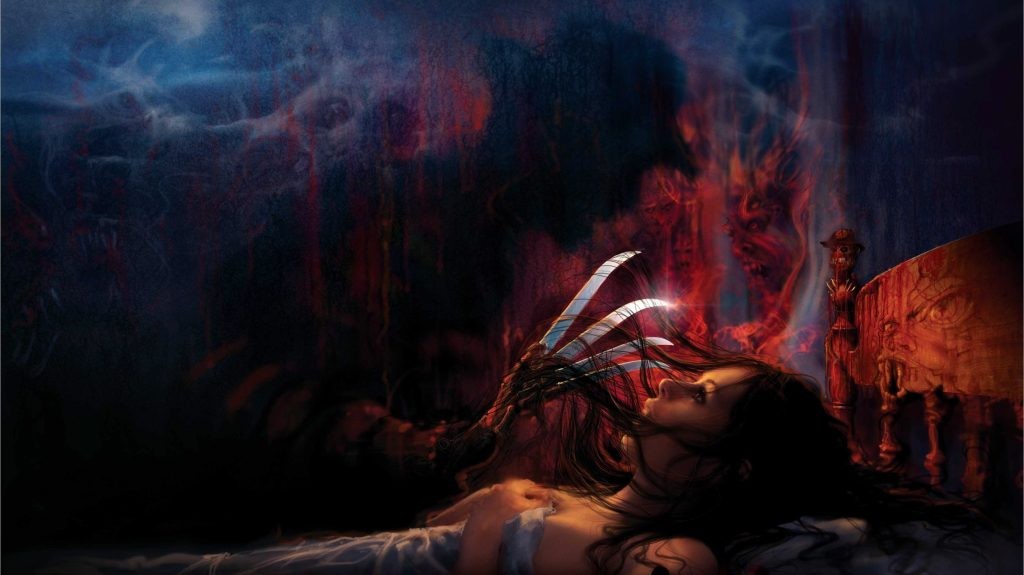
The foundation for the iconic horror franchise. As the lives of a group of teenagers living on Elm Street in the seemingly peaceful town of Springwood, take a nightmarish turn when they begin experiencing a shared and malevolent presence in their dreams. Nancy Thompson, one of the teenagers, discovers the true nature of their nightmares: a vengeful and burned man named Freddy Krueger, who was killed by the Elm Street parents years ago after he was accused of child molestation. However, Freddy has returned as a dream-dwelling entity, seeking revenge on the children of those who wronged him. Nancy confronts Freddy in their shared dreams, leading to a terrifying and suspenseful battle between the living and the vengeful dead.
The film introduced Freddy Krueger, one of the most iconic and enduring horror villains in cinematic history. Freddy’s terrifying visage, dark humor, and unique method of killing his victims set him apart. While also providing an innovative and fresh concept to the horror genre, blending the waking world with the dream world, where the distinction between reality and nightmares is blurred. The film masterfully built tension and suspense, creating a genuinely terrifying and unsettling atmosphere that captivated audiences. Additionally, featuring several memorable and horrifying sequences, such as Freddy’s glove emerging from the bathtub, the body bag in the hallway, and the climactic final battle.
Follow us for more entertainment coverage on Facebook, Twitter, Instagram, and YouTube.

